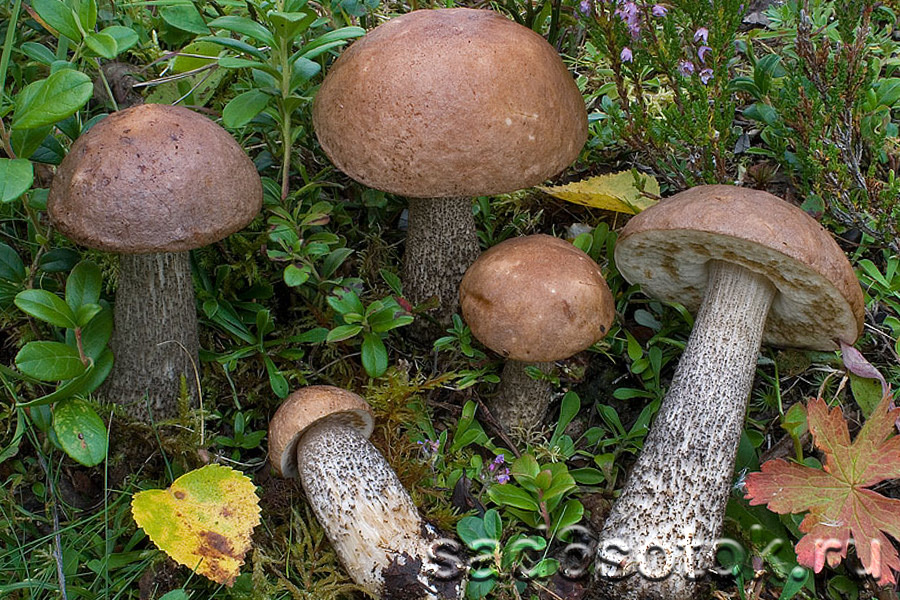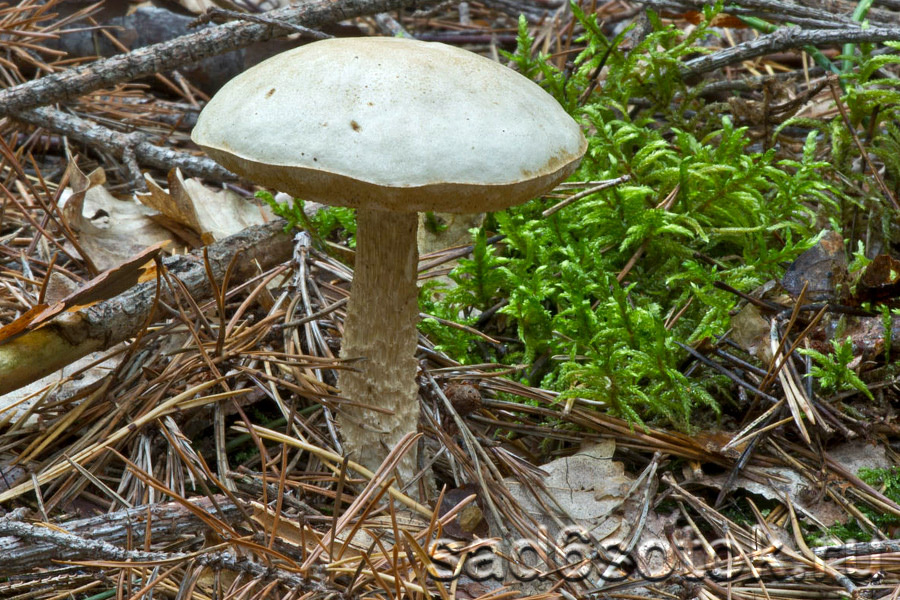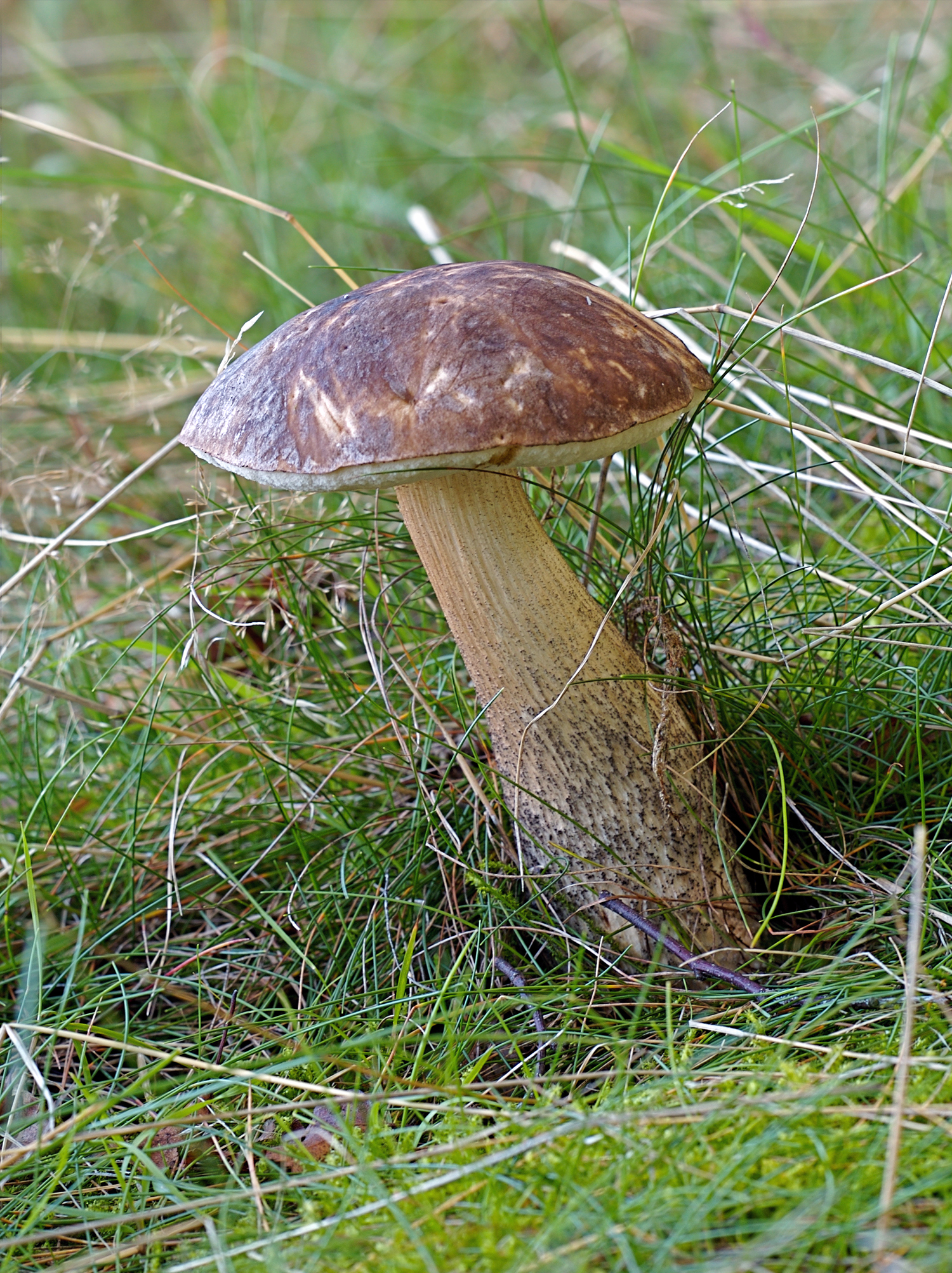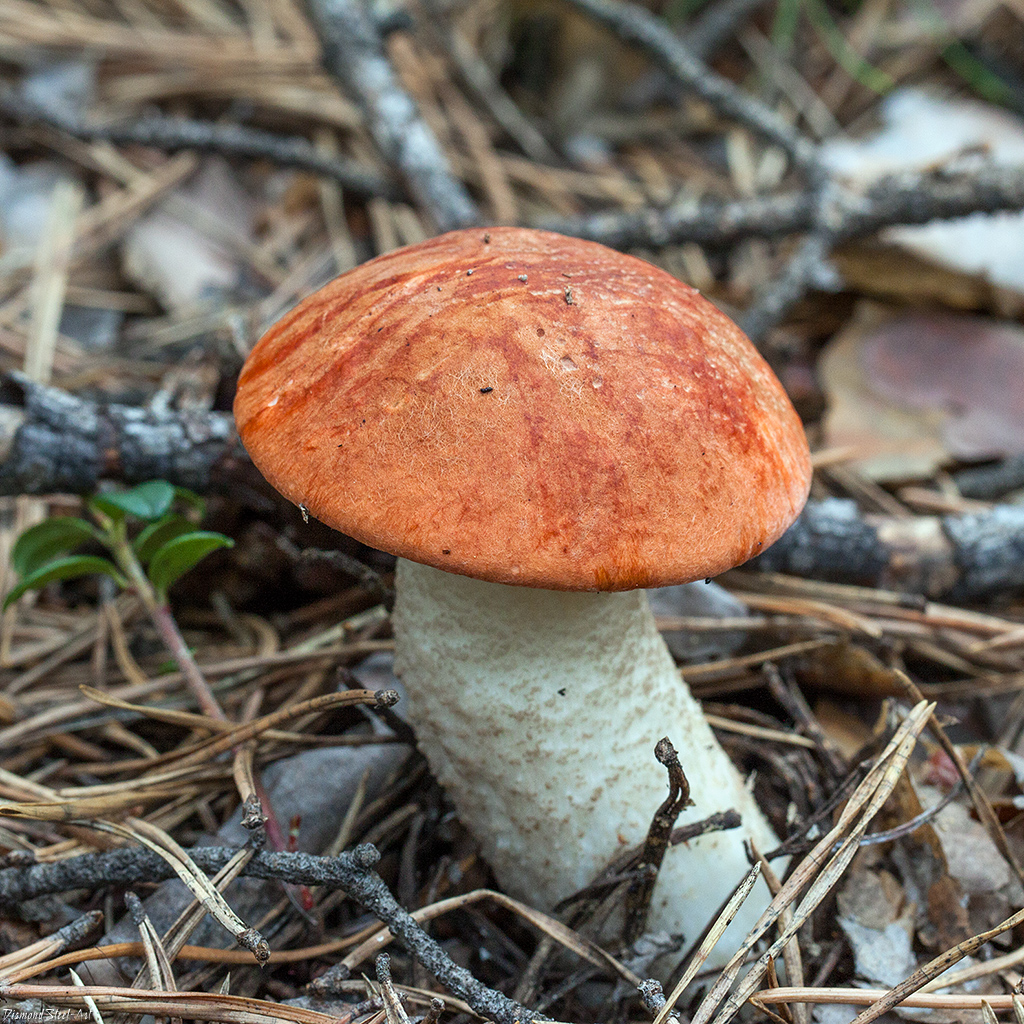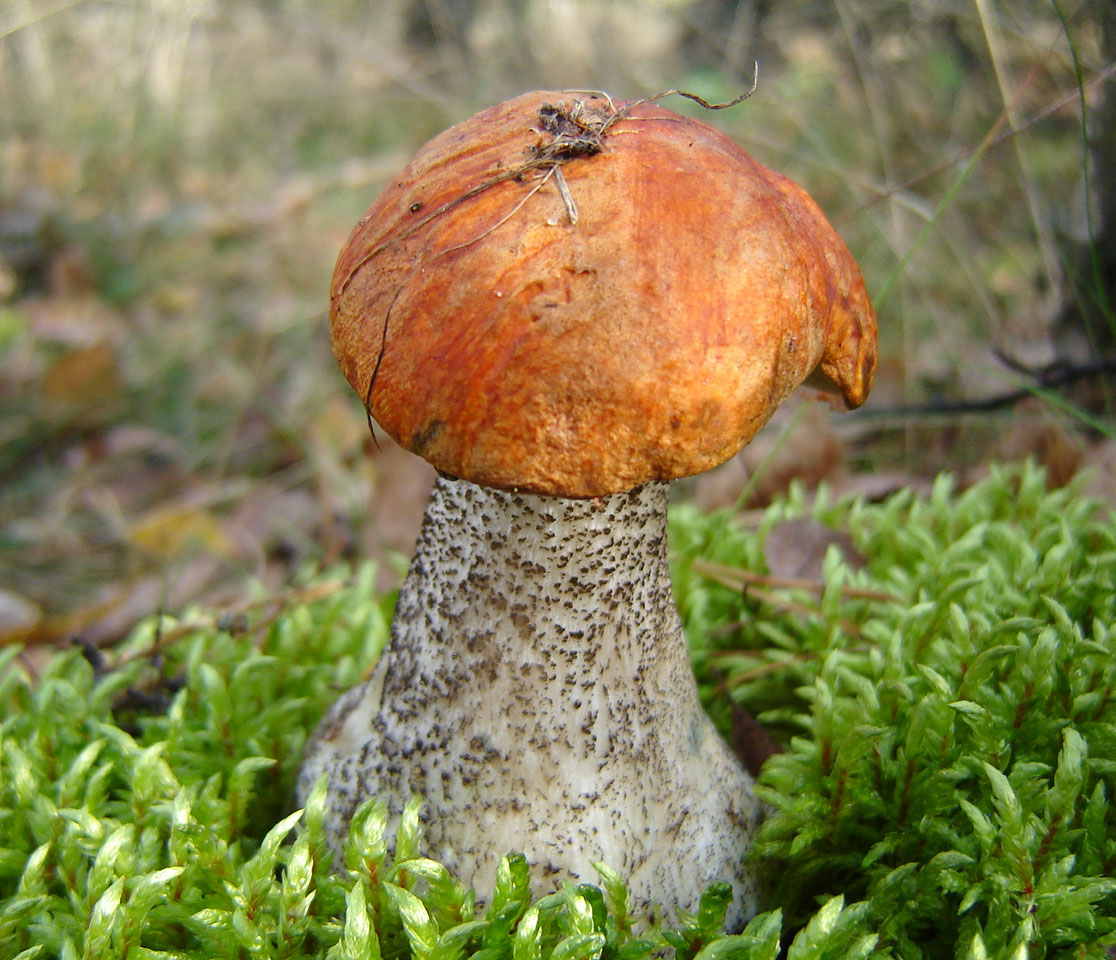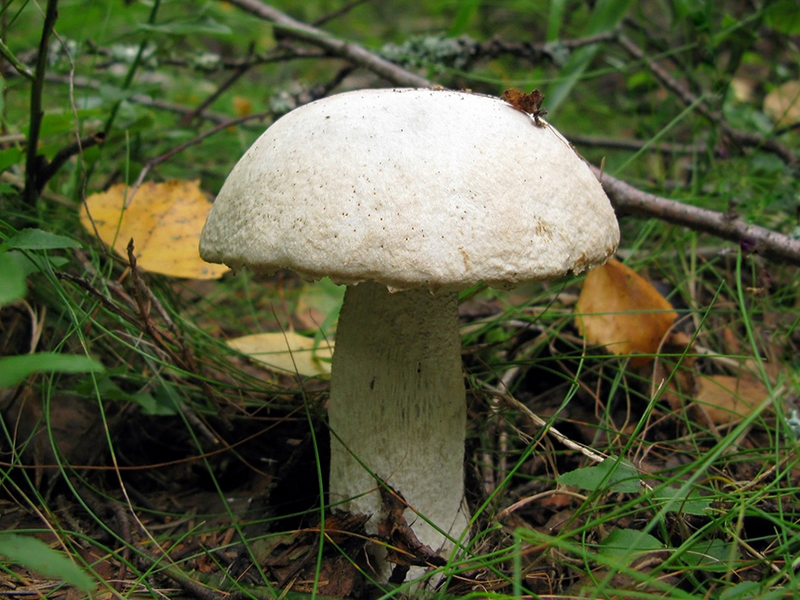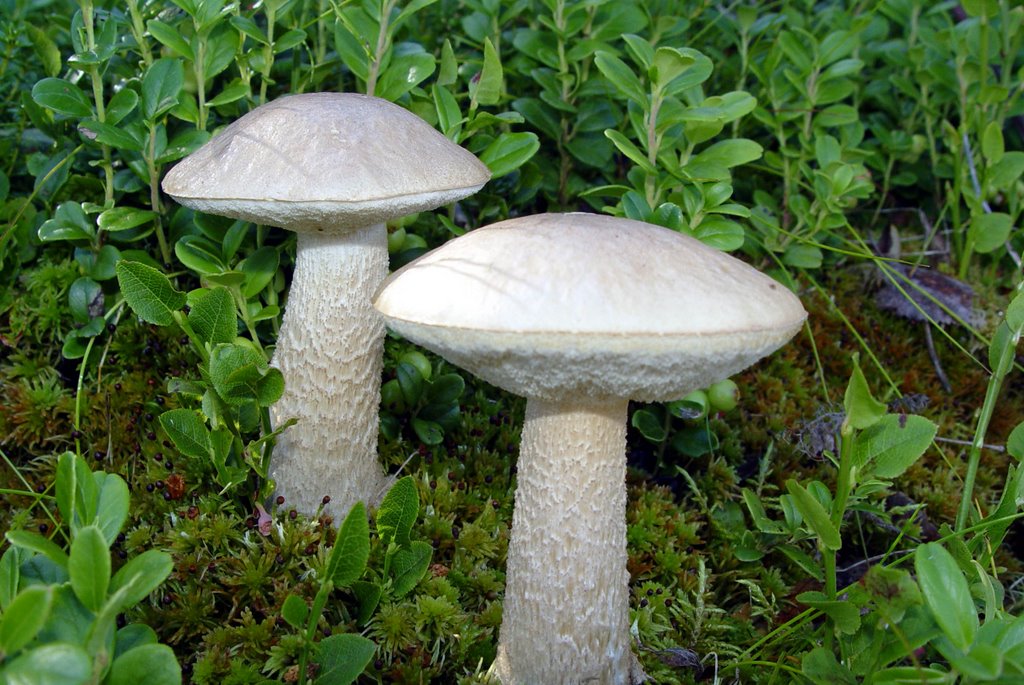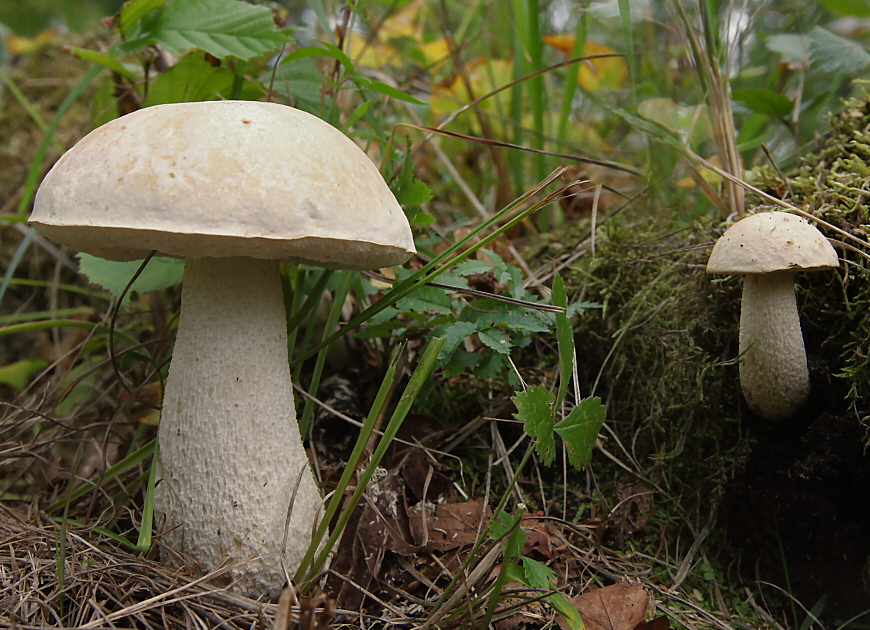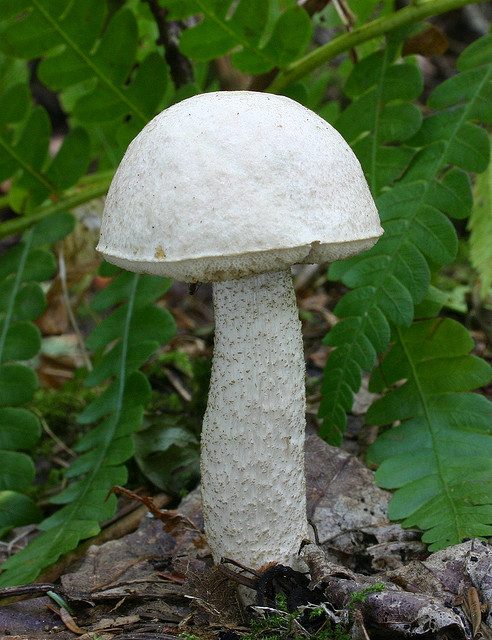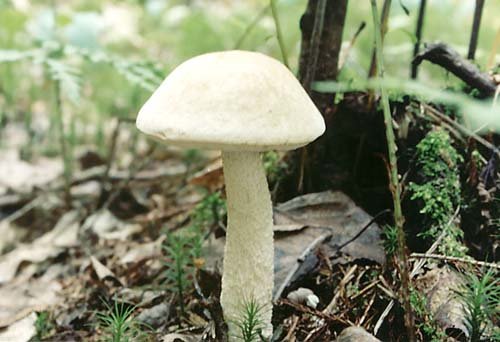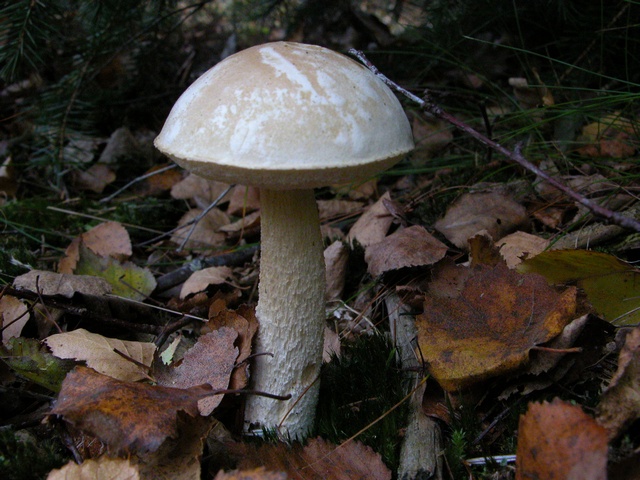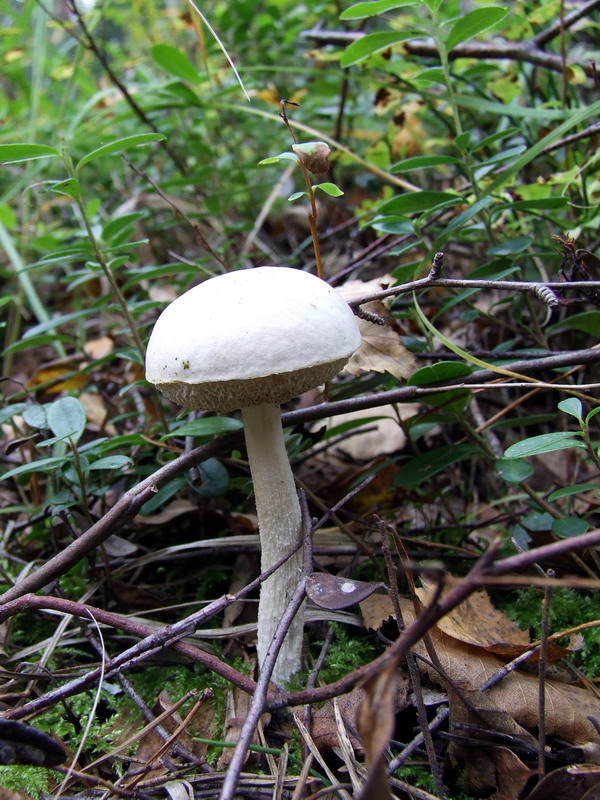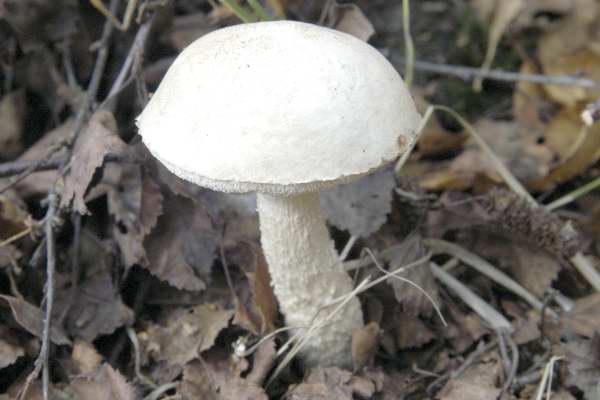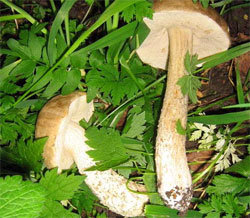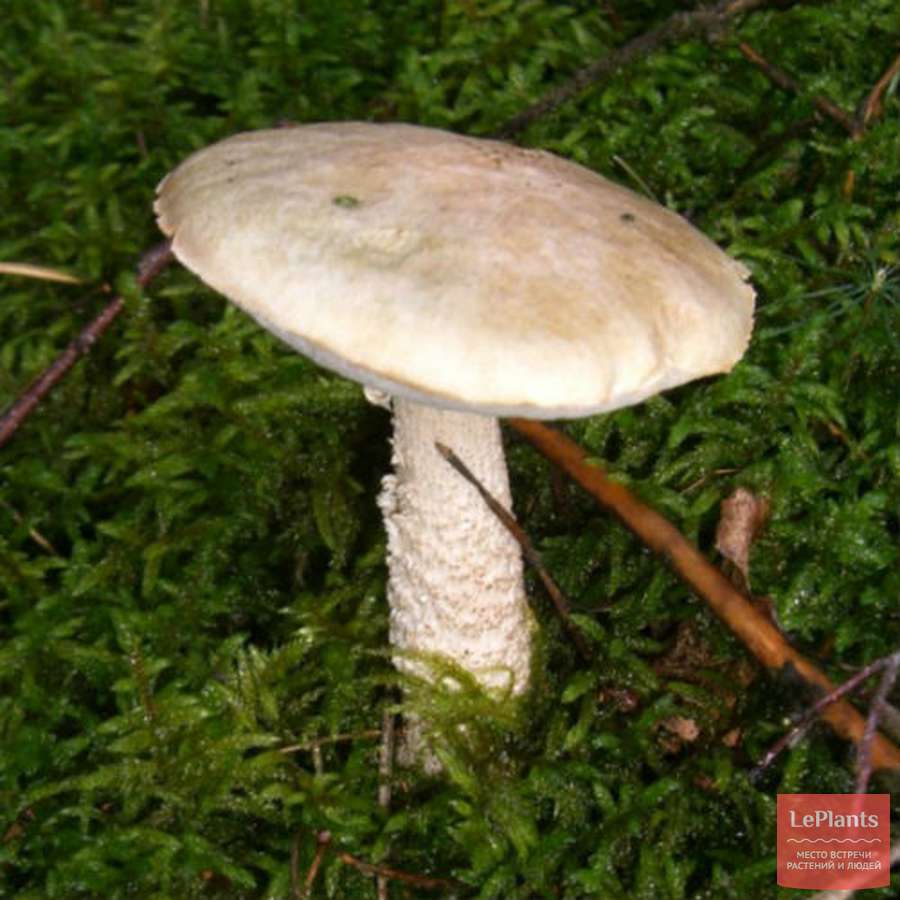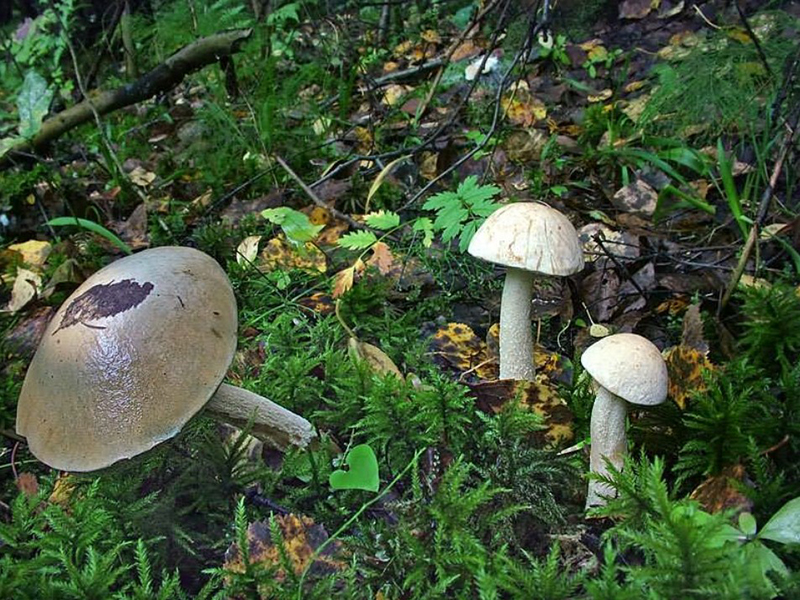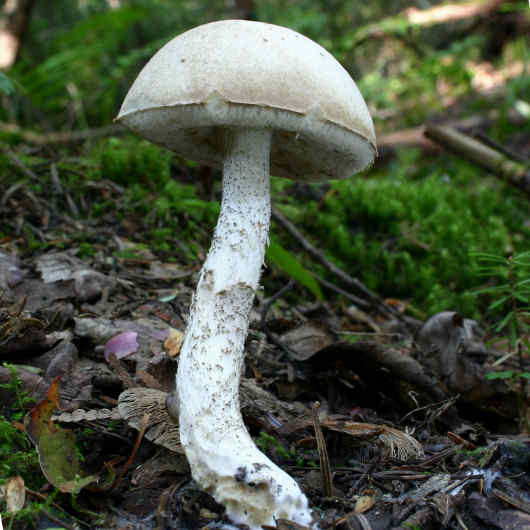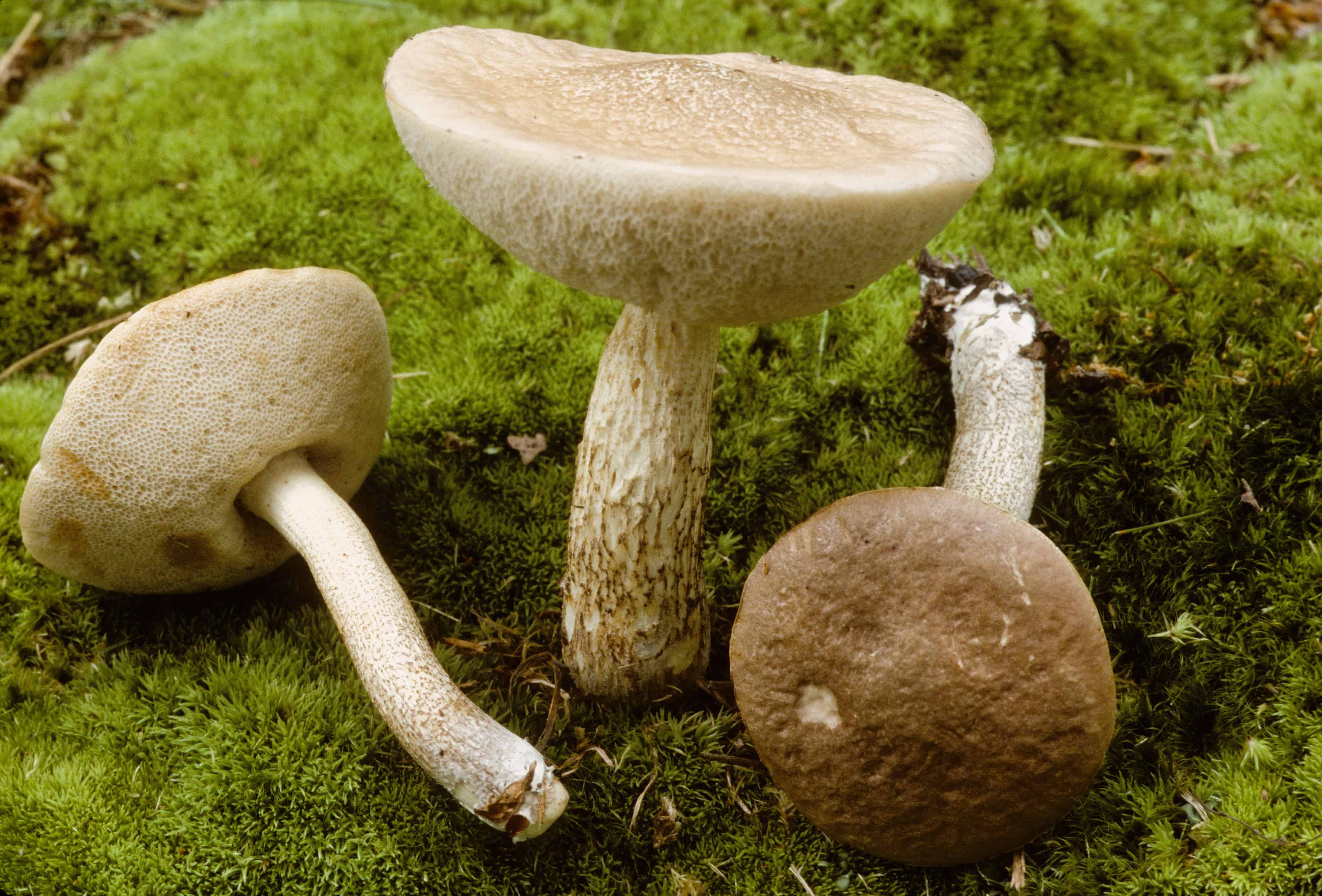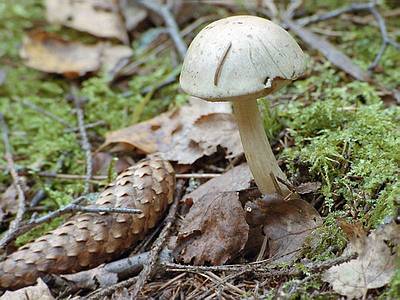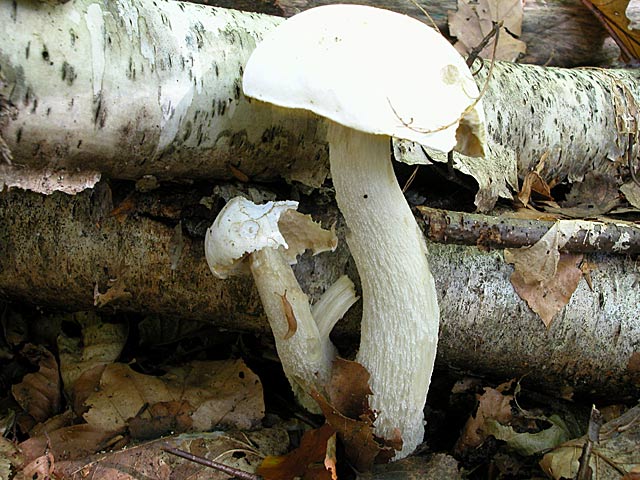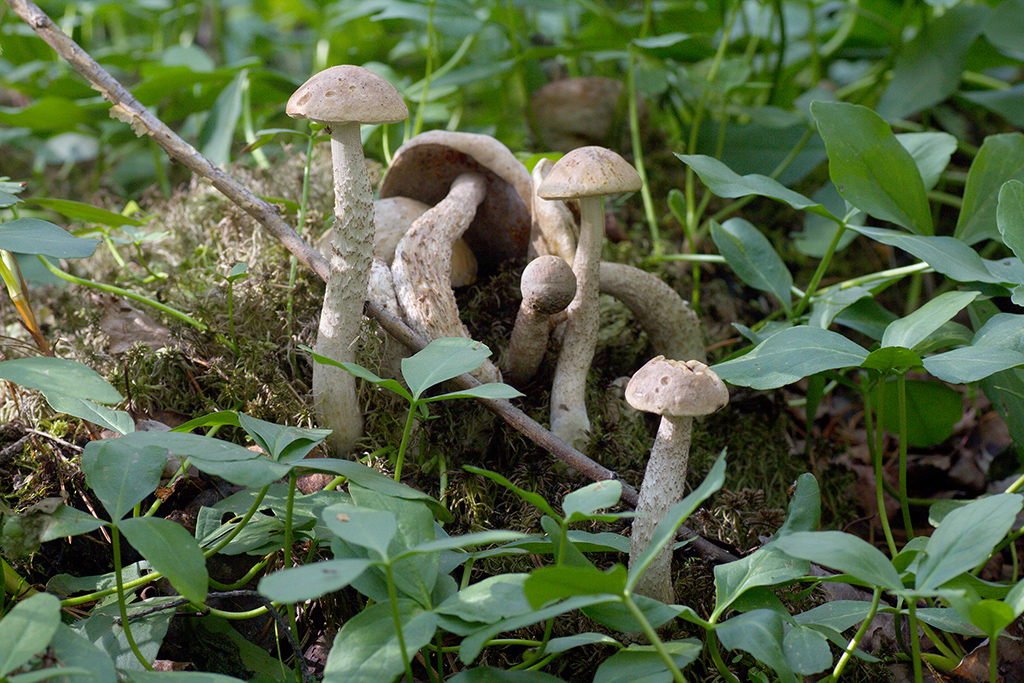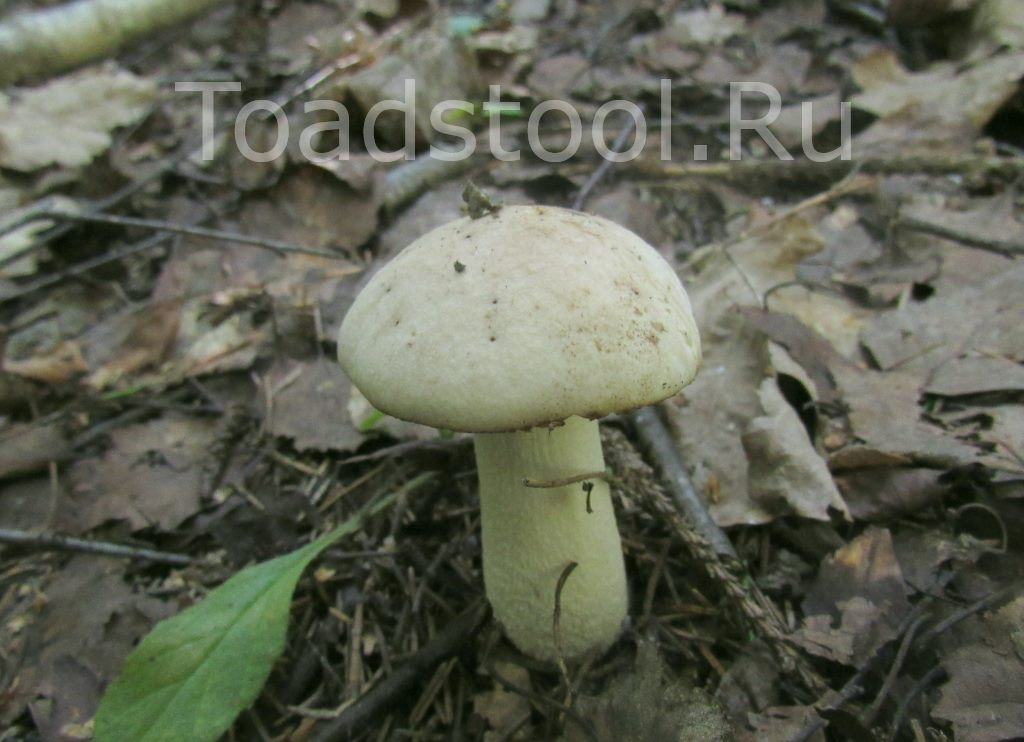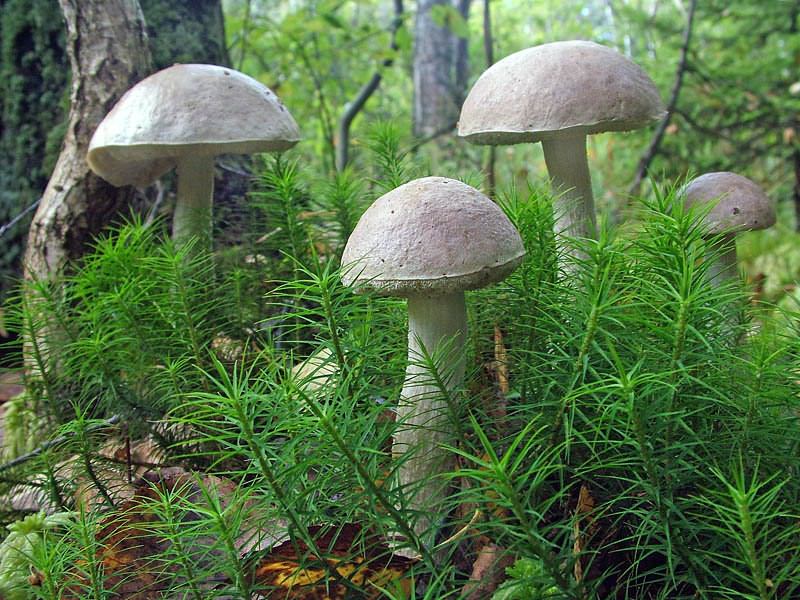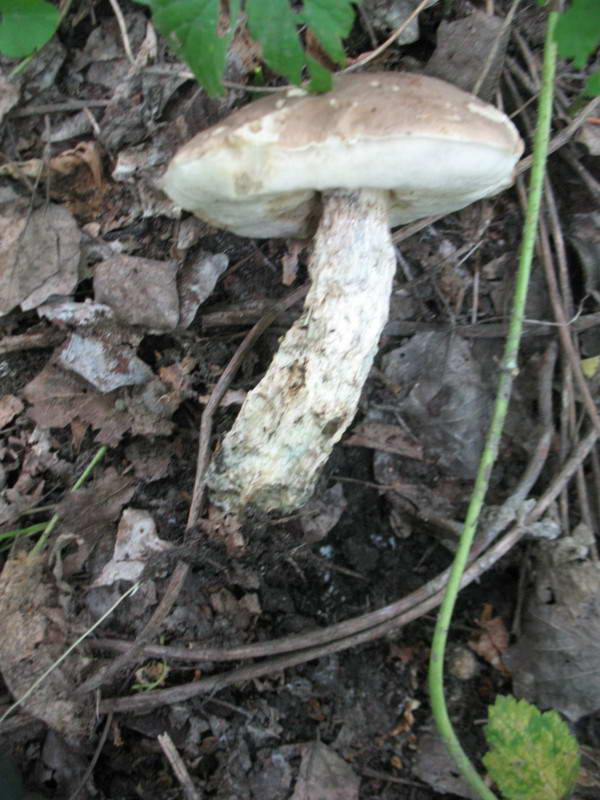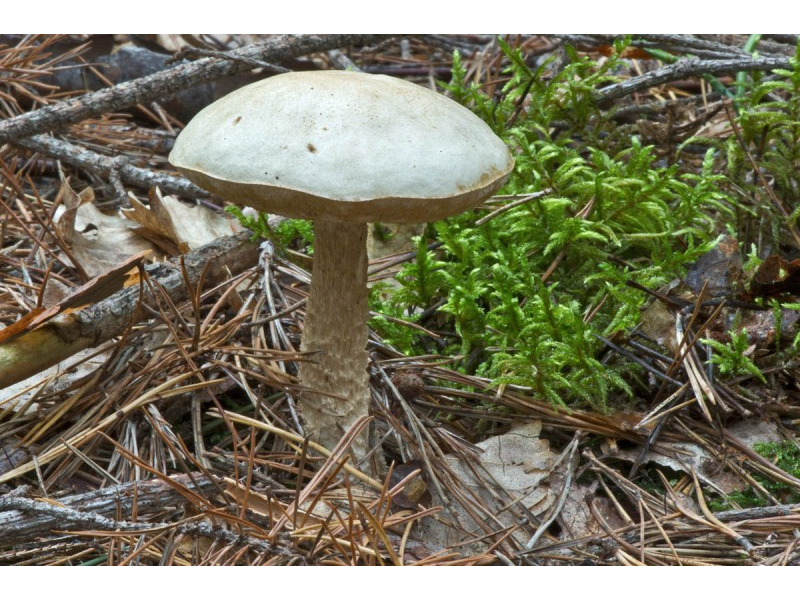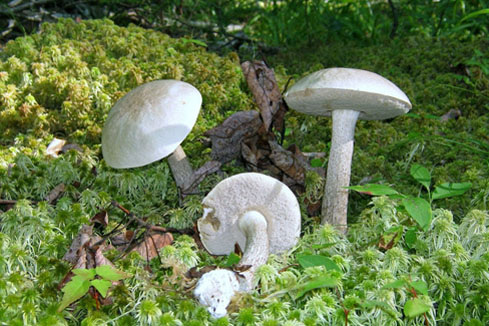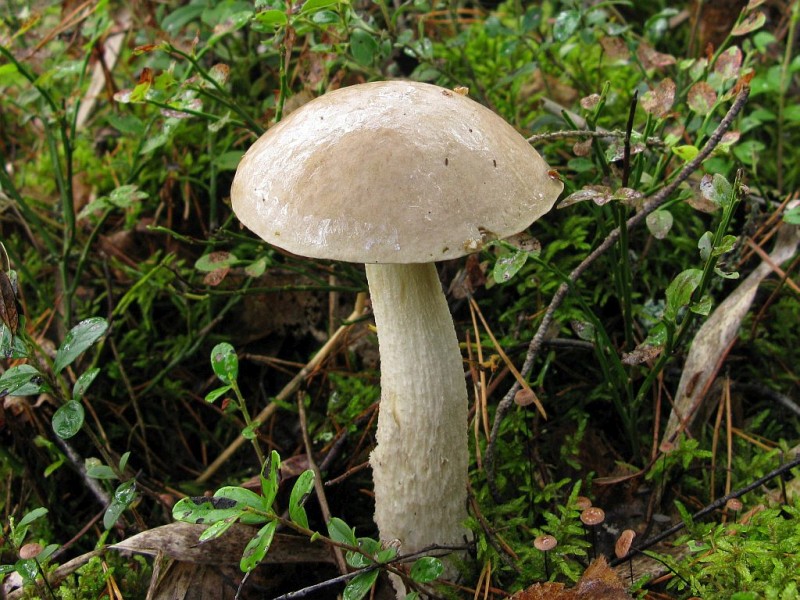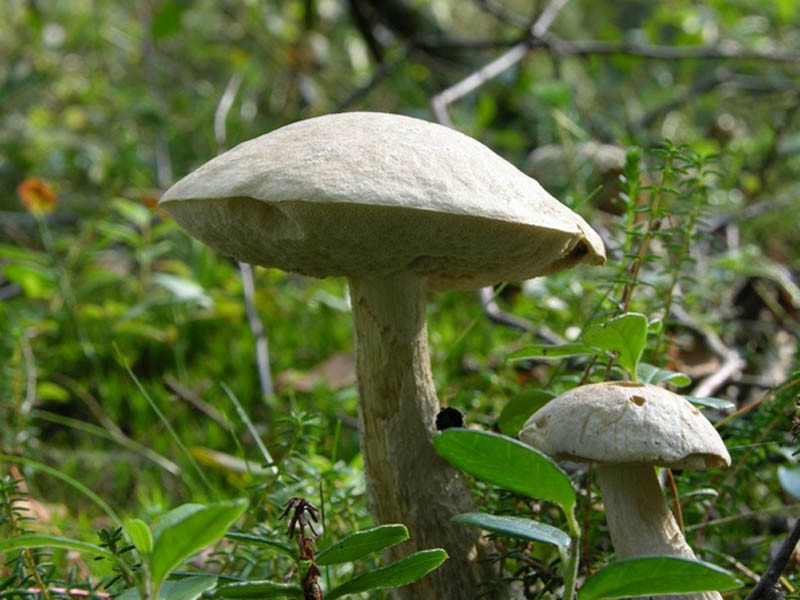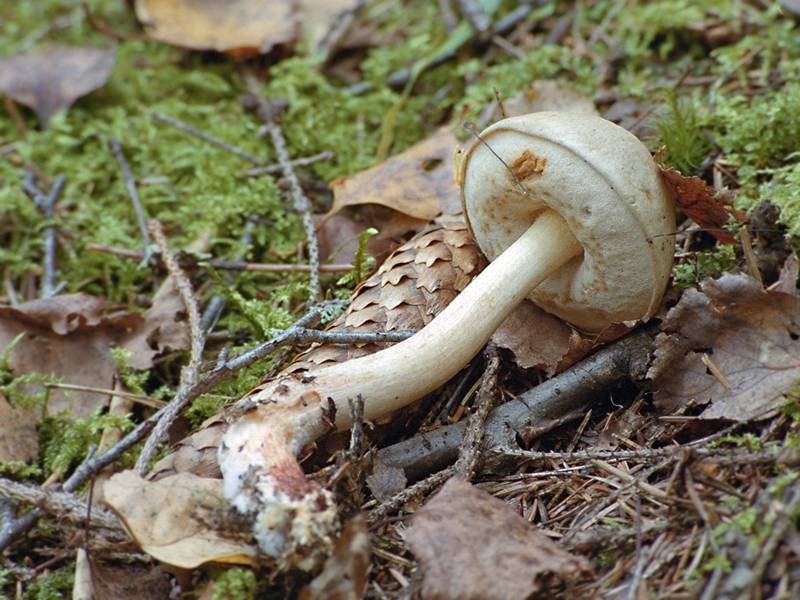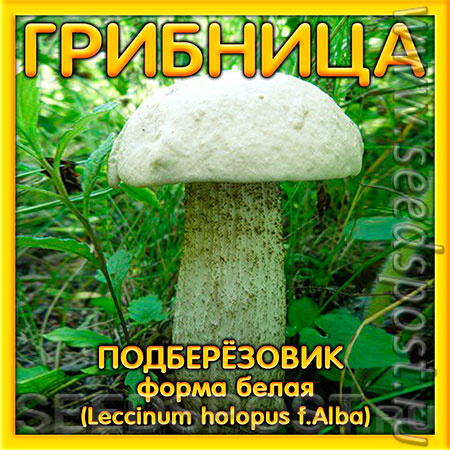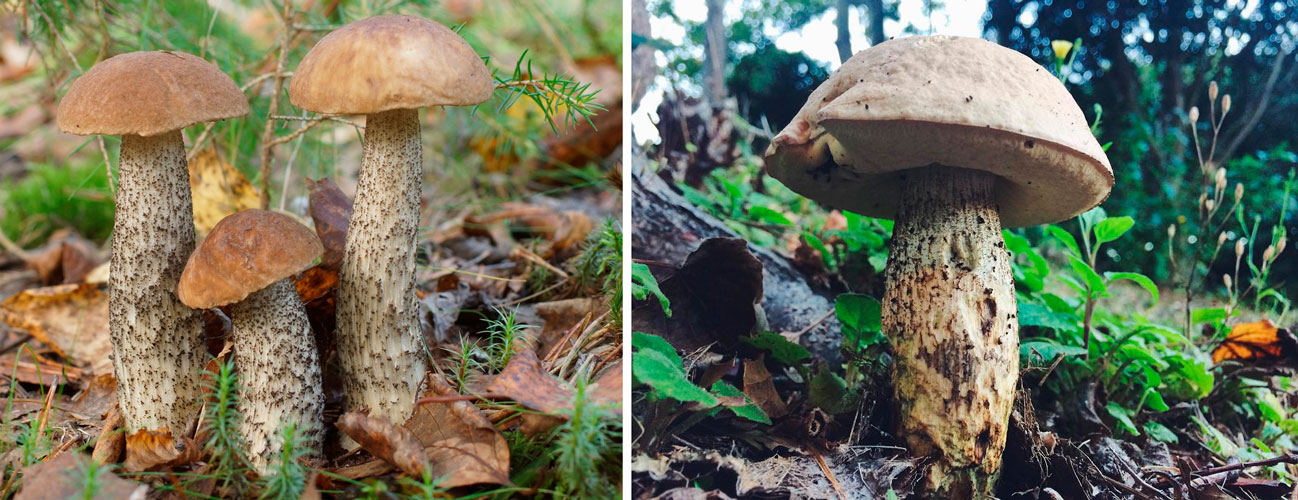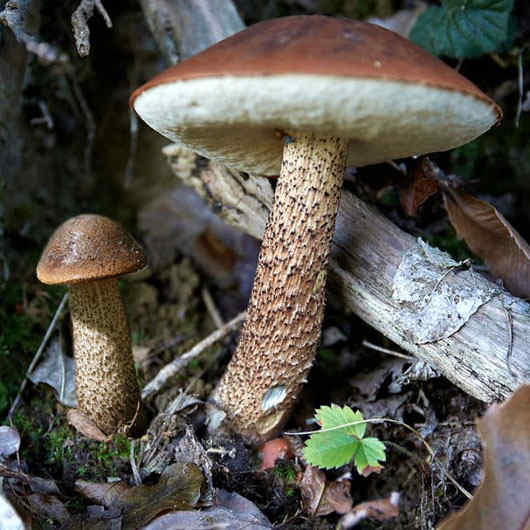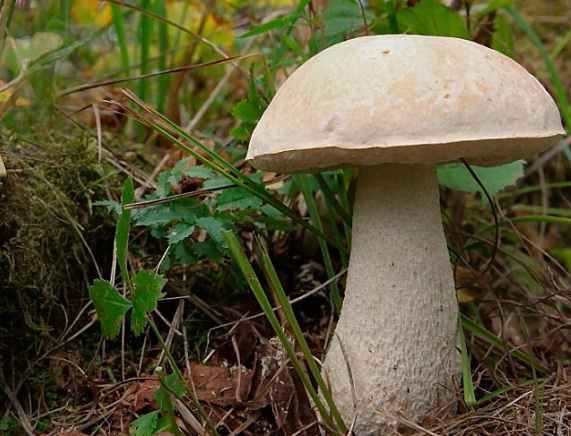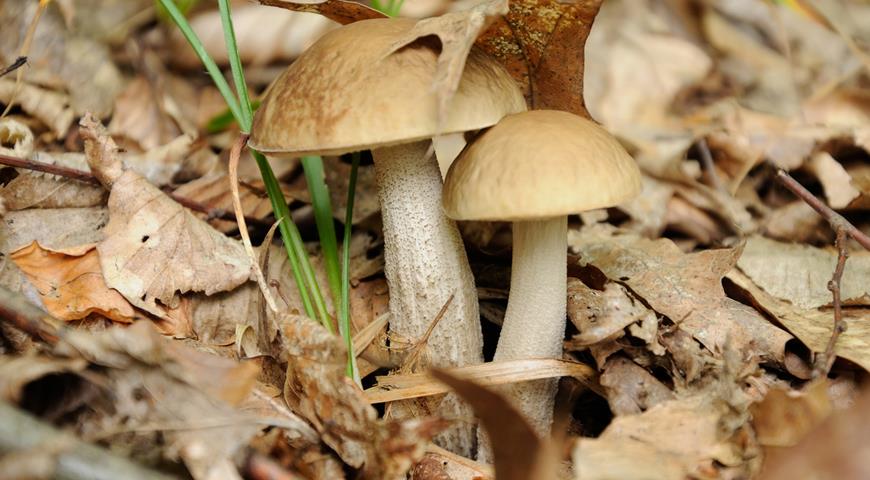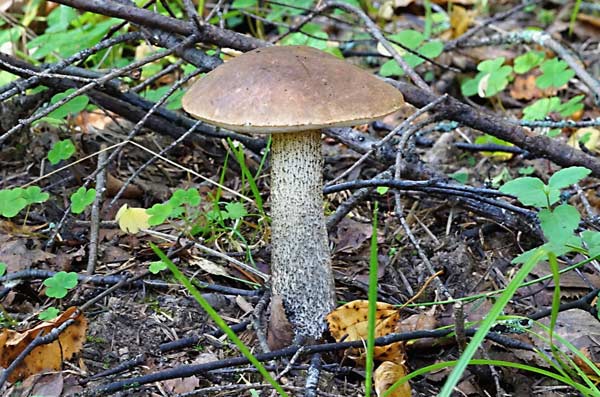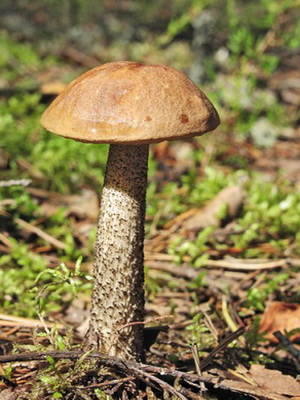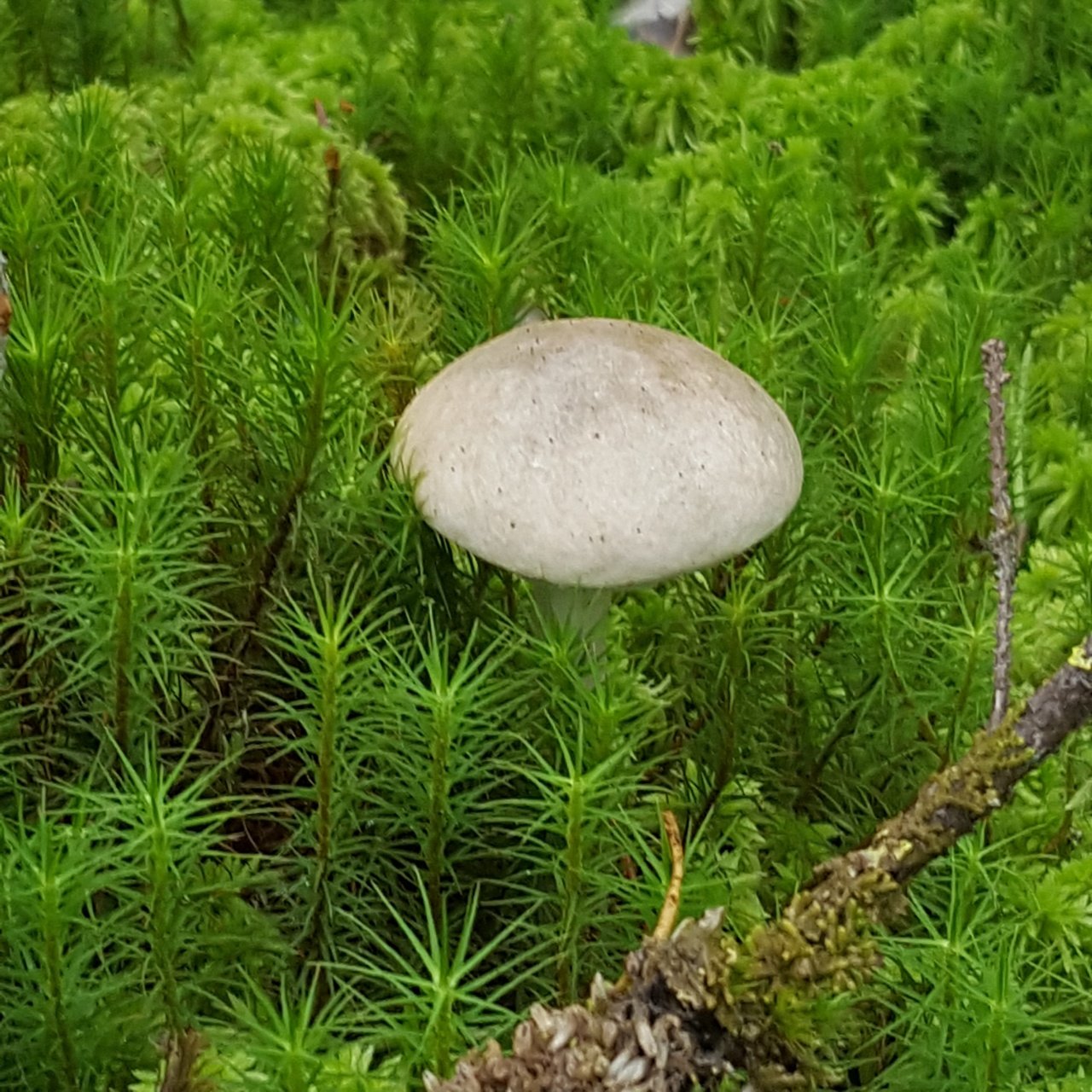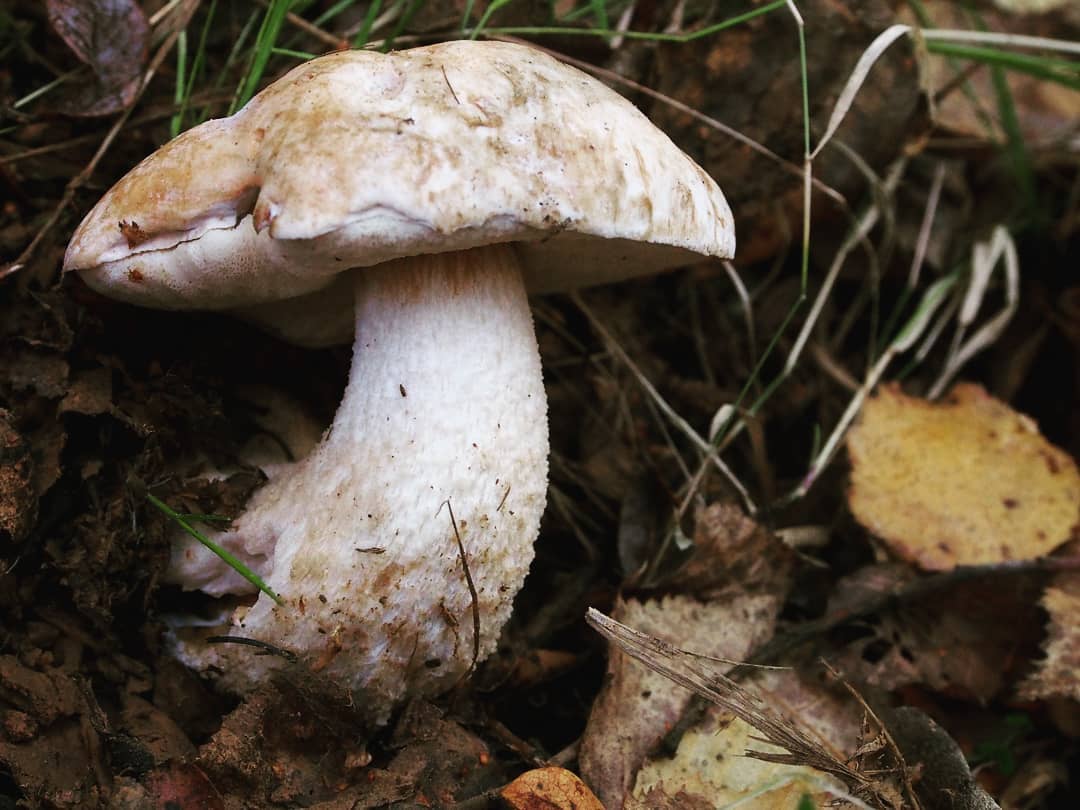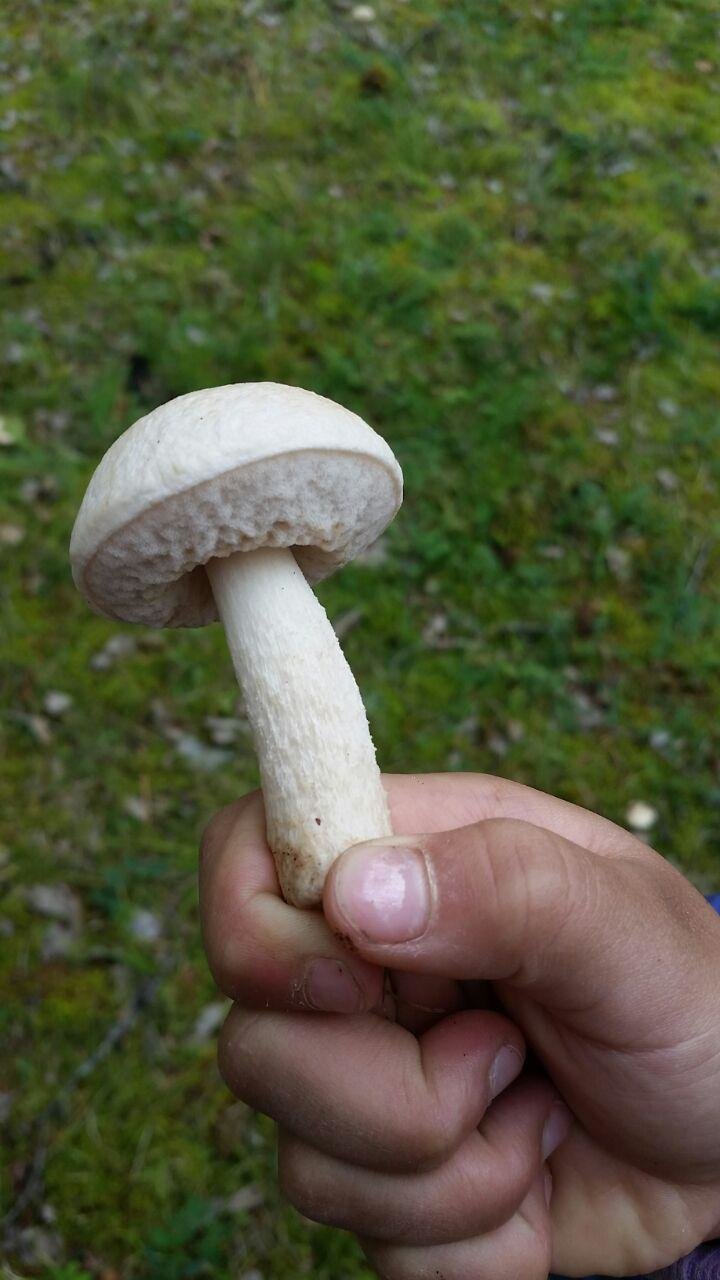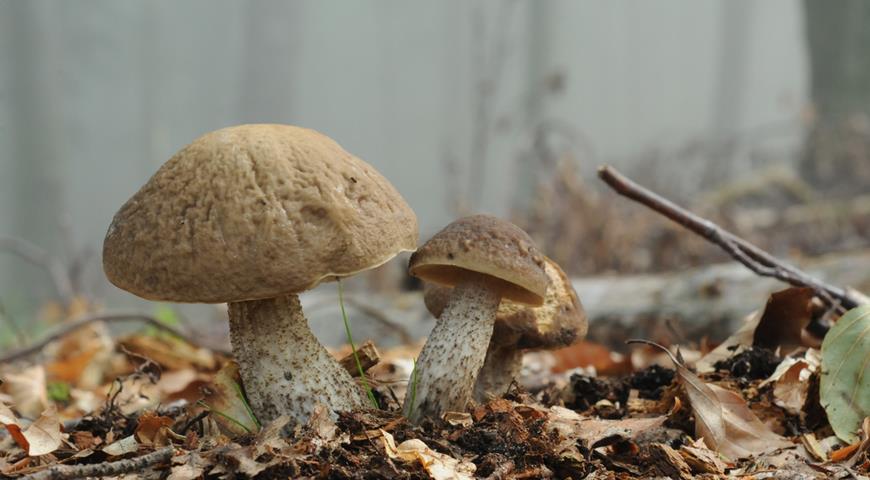Beneficial features
Nutritious boletus in dried form are close in calorie content to bread and are significantly superior to many vegetables. But unlike carbohydrate or fatty, energy-rich foods, their calorie content is due to the presence of proteins, which are the building blocks of the body and must be present in the diet.
The protein composition is characterized by the presence of essential amino acids - leucine, tyrosine, arginine and glutamine, which are in an easily accessible form and are quickly absorbed.
The pulp is rich in vitamins, thiamine, nicotinic and ascorbic acids, vitamins E and D are significantly present in it. A whole complex of essential microelements - calcium and phosphorus, sodium and potassium, manganese and iron - complement this wonderful natural treasury of valuable substances.
Fibers contained in fungal tissues stimulate the intestines and have a beneficial effect on digestion. Preparations from dried mushrooms have long been used in folk medicine for urolithiasis, inflammatory diseases of the excretory system.
The action of these mushrooms is known as antioxidants, which reduce the amount of free radicals and thus reduce the risk of cancer, slow down the aging process, and strengthen the immune system.
False doubles
Boletus boletus are quite similar to each other, and since they are all edible, there will be no trouble if, when collecting in a basket, for example, gray or harsh boletus boletus get to the common boletus. It is much more important not to confuse them with poisonous mushrooms, which pose a threat not only to health, but sometimes to human life.
The gray boletus (hornbeam) does not have a poisonous twin, but there is a similar species, one of the names of which is the boletus false or bile mushroom (Tylopilus felleus). Other names: gorchak, false porcini mushroom. How to distinguish a grabber?
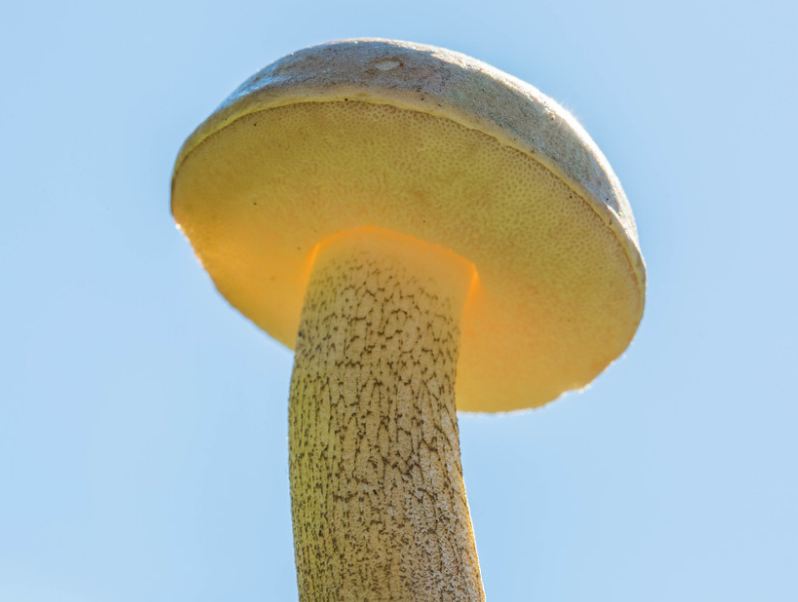
The gall mushroom is not poisonous, but it is not suitable for food either, since the taste of its pulp is very unpleasant, bitter, pungent, does not disappear during cooking, but only intensifies. There is no smell. Even a small piece of false boletus can ruin the whole mushroom dish or preparation.
The cap of the bile mushroom is hemispherical, the skin is dry, velvety, with a small down. Color: brownish, light chestnut, chestnut, yellow. Diameter: 5-15 cm. The color of the tubes under the cap is pink. Spore powder pink, with an admixture of dirty yellow spots. The texture of the pulp is "greasy". White color.
The leg of the gall fungus is slightly swollen at the bottom. Length: 4-13 cm, diameter: 1-3 cm. Color: cream, ocher, gray, brown. At the base, it is covered with a special mesh pattern resembling a porcini mushroom, only of a dark color.
The gall fungus prefers wetlands. It can be found in coniferous, deciduous and mixed forests, around stumps, near ditches, in ravines. Can grow on rotten wood.
Distributed in Europe and Asia. Fruiting from mid-summer until frost.
The hallmarks of a bile fungus are:
- The hat is more voluminous and convex.
- In all boletus mushrooms, the texture of the cap is denser, and in the gall fungus it is pressed in with light pressure and is not restored.
- The color of the hornbeam flesh is initially white, but when cut within 10 minutes. changes to pink or red.
- The color of the mesh on the leg is darker.
- There are no insects on the surface, as they are not attracted by its bitter taste.
Beneficial features
One of the most important properties of boletus boletus, like all mushrooms from this group, is the ability to remove toxins thanks to the dietary fiber it contains. Mushrooms are useful as an adjuvant in the treatment of the following diseases:
- diseases of the nervous system;
- change in the amount of sugar in the blood;
- various kidney pathologies;
- skin problems;
- inflammation of the musculoskeletal system;
- inflammation of the mucous membranes.
The pulp of the mushroom contains vitamins of group B and C, D, E, proteins, nicotinic acid, micro- and macroelements. In addition, it is absorbed by the body quite easily.
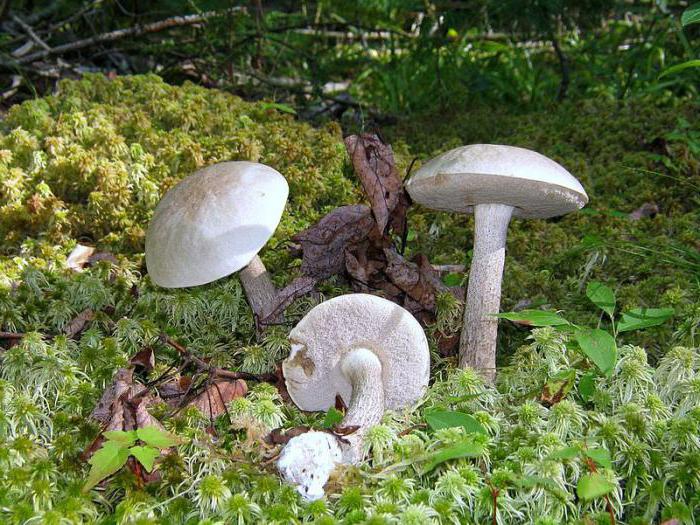
Photos and descriptions of boletus mushrooms:
So:
 Common boletus (Leccinum scabrum)
Common boletus (Leccinum scabrum)
Synonyms: common birch.
The cap is light to gray, yellowish or dark brown, 5–20 cm in diameter, soft, dry, slightly slimy in wet weather. The tubules and pores are white (off-white), gray with age, and easily detach from the cap. The pulp is dense, but with age it quickly becomes loose and spongy, white, the color on the cut does not change or turns slightly pink.
Stem 8–20 × 2–4 cm, white to brownish or grayish, with dark brown to black scales.
It grows throughout the forest and tundra zone of Russia, in forests with the participation of birch, in the tundra it forms mycorrhiza with dwarf birches. It is found much more often than all other boletus boletus. Fruiting from late May to November.
Pharmacological and medical properties:
Boletus boletuses contain up to 35% of complete protein, balanced in amino acid composition and including tyrosine, leucine, glutamine and arginine. At the same time, the pulp of the mushroom is relatively easily absorbed in the gastrointestinal tract and does not require additional expenditure of digestive juices.
The boletus contains a significant amount of vitamin PP and niacin, vitamins of group B, C, D and E, macro- and microelements, which makes the product a valuable element in the diet.
Traditional and folk medicine:
In China, this type of boletus is used as a cleaner from harmful substances, which is carried out due to the presence of a large amount of dietary fiber and protein in them.
In Russia, in folk medicine, they are used to treat kidney disease.
Food Uses, Culinary Recommendations:
High quality edible mushroom at a young age. Mature (soft) fruiting bodies are used mainly for frying and soups, young (dense) for all types of culinary processing and preparations.
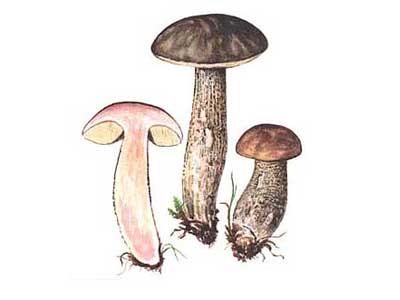 Pink boletus (Latin Leccinum oxydabile)
Pink boletus (Latin Leccinum oxydabile)
Synonyms: multicolored boletus, multicolored boletus, blackhead
If the summer happens to be rainy and not very hot, then in the forests you can find a mushroom with pinkish pulp. This is the pink boletus. It has many names: oxidizing boletus, pink boletus, marble boletus, multicolored birch and variegated birch.
It grows in damp birch and mixed (spruce-birch, pine-birch) forests, along the edge of swamps and peat bogs. It differs from other types of boletus in its unevenly colored cap, with lighter spots ("piebald").
The cap is up to 15 cm in diameter, the hymenophore is white, later darkening.
The leg is often fusiform, grayish with dark brown scales. The pulp, unlike other forms, turns pink on the cut of the cap, and turns brown on the cut of the leg.
The leg is fleshy than other forms.
Delicious edible mushroom. If you are lucky enough to bring home these mushrooms intact, then they can be dried, boiled and fried. When processed at high temperature, the mushroom darkens, but the taste remains the same. Pink boletus, like all mushrooms growing around lakes and swamps, is watery and it is difficult to bring it home intact.
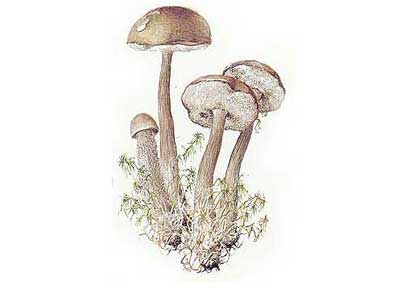 Marsh boletus (Latin Leccinum holopus)
Marsh boletus (Latin Leccinum holopus)
Synonyms: white birch, white boletus
It occurs from the beginning of May (single specimens met on May 1) to early November (i.e., before persistent frosts) in damp birch and mixed (with birch) forests, on birch bogs, singly, not often, on peat soils.
The cap is small, 3-6 cm in diameter, whitish, slightly yellowish, grayish, creamy, with a light hymenophore. The stem is thin, weak, about 1 cm in diameter, at first entirely white, later brownish-scaly.
Contraindications
Useful, tasty boletus mushrooms are among the best edible species, but dishes from them are categorically forbidden to be eaten by people suffering from gastritis, duodenal ulcer, hepatitis of any etiology, inflammatory processes in the gallbladder.
In some people, individual intolerance is possible, which is characterized by allergic reactions, and with insufficient activity of the enzymes of the gastrointestinal tract, digestive problems occur, which are expressed by nausea, indigestion, and fermentation in the intestines.
Not recommended for people with clinical manifestations or a tendency to allergies, as well as for children under seven years of age, pregnant and lactating women.
Growing places
White boletus occurs from mid-summer to early October in mixed and deciduous forests, forming mycorrhiza mainly with birch. The mushroom prefers damp places and the outskirts of swamps. It is not very rare in such places, but it does not differ in yield.
The youngest first mushrooms can be found in more open and warmed by the sun places: glades, groves, edges. They can also be found under single trees.
This type of fungus thrives in a wide variety of climates. It grows even in the tundra (near birches). The main condition is the presence of a birch root system, which provides nutrition to these mushrooms.
False doubles
Boletus boletus are quite similar to each other, and since they are all edible, there will be no trouble if, when collecting in a basket, for example, gray boletus or ordinary boletus fall to pink boletus. It is much more important not to confuse them with poisonous mushrooms, which pose a threat not only to health, but sometimes to human life.
The boletus does not have a pinking poisonous twin, but there is a species that has an external resemblance to it, which cannot be eaten. How to distinguish pink boletus?
Boletus is false

False boletus or gall mushroom (Tylopilus felleus) is not poisonous, but it is not suitable for food either, since its pulp taste is very unpleasant, bitter, pungent, does not disappear during cooking, but only intensifies. Even a small piece of false boletus can ruin the whole mushroom dish or preparation.
The main distinguishing features are:
- Unlike the pink boletus, which grows only in the immediate vicinity of birches, the gall fungus can also be found on other trees, as well as near rotten stumps, on rotted wood, and near ditches.
- In the boletus, the cap is reddish-green or bright brown, and in the boletus, turning pink has a characteristic marble pattern.
- The skin of the cap of the boletus is pinkish, smooth, in contrast to the gall fungus: it is rough.
- The leg of the boletus boletus has dark scales characteristic of boletus boletus, and in the false boletus it is covered with a mesh pattern resembling a porcini mushroom, only of a dark color.
- There are no insects on the surface of the false boletus, since they are not attracted by its bitter taste.
Nutritional quality. Benefit and harm
Boletus mushrooms belong to the second category of nutritional value. This is a delicious dietary product. Each 100 grams of pulp contains only 31 kcal. At the same time, the composition contains a significant amount of vitamins (B, PP, E, C) and minerals; proteins, including leucine, tyrosine, and glutamine. The fibrous pulp acts as a "brush" to cleanse the intestines of toxins.
If this is your first time trying boletus, start with small portions. On rare occasions, it can cause idiosyncrasy. Like any mushroom, it is a heavy food - a one-time serving should be moderate. No cases of poisoning with this fungus have been recorded.
Boletus is a pleasant-tasting mushroom that is easily recognizable by its typical appearance. The penchant for mass fruiting made him the favorite of all mushroom pickers. Despite the fact that it does not appear every year, they are waiting for the boletus, fearing to miss the peak of the harvest.When collecting, you need to carefully look at each specimen so as not to be confused with an inedible bile mushroom.
Contraindications
Whatever the useful product and whatever gastronomic qualities it may have, before use it is always necessary to take into account not only the benefits, but also the contraindications of the multi-colored boletus
With caution, the mushroom is recommended to be used for diseases:
- stomach,
- liver and gallbladder,
- kidneys.
And in the exacerbation stage, it is better to completely exclude dishes with multi-colored boletus from the diet. In any case, it will not be superfluous to have a preliminary consultation with a doctor you trust.
Also, multi-colored boletus can bring harm to health:
- women during lactation,
- the presence of allergies to mushrooms.
If you are prone to allergic reactions, you need to be careful and include the boletus in the diet gradually, starting with a small amount. Since mushrooms are a rather heavy product for the digestive system, they are not recommended to be given to children under 7 years old.
Since mushrooms are a rather heavy product for the digestive system, they are not recommended to be given to children under 7 years old.
Literature:
Lesso T. Mushrooms. Determinant.

